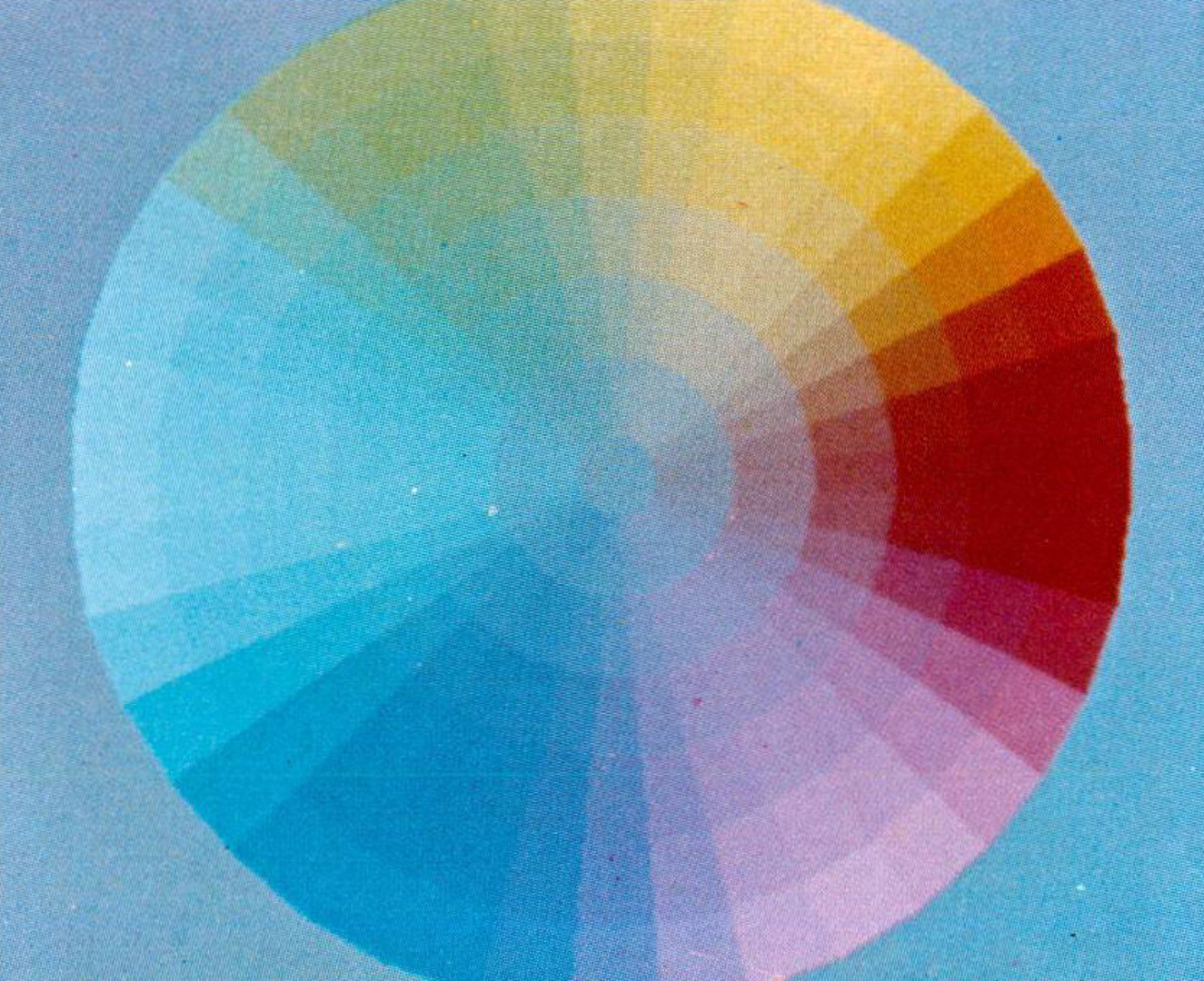“Color spaces for computer graphics” by Joblove and Greenberg
Conference:
Type(s):
Title:
- Color spaces for computer graphics
Presenter(s)/Author(s):
Abstract:
Normal human color perception is a product of three independent sensory systems. By mirroring this mechanism, full-color display devices create colors as mixtures of three primaries. Any displayable color can be described by the corresponding values of these primaries. Frequently it is more convenient to define various other color spaces, or coordinate systems, for color representation or manipulation. Several such color spaces are presented which are suitable for applications involving user specification of color, along with the defining equations and illustrations. The use of special color spaces for particular kinds of color computations is discussed.
References:
1. Hunt, R.W.G., The Reproduction of Colour (third ed.), John Wiley & Sons, New York, 1975, pp. 40-43.
2. Wyszecki, Gunter and Stiles, W.S., Color Science John Wiley & Sons, New York, 1967.
3. Ratliff, Floyd, “Contour and Contrast,” Scientific American, vol. 226, no. 6, pp. 90-101 (June 1972).
4. Hunt, R.W.G., “Light and Dark Adaptation and the Perception of Colour,” Journal of the Optical Society of America, vol. 42, pp. 190-199 (1952).
5. Hunt, R.W.G., “The Specification of Colour Appearance I. Concepts and Terms,” Color Research and Application, vol. 2, pp. 55-68 (Summer 1977).
6. Munsell, A.H., A Color Notation (eighth ed, ed. & rearrg.), Munsell Color Company, Baltimore Maryland (1939).
7. International Commission on Illumination, Proceedings of the Eighth Session, Cambridge, England, 1931.





